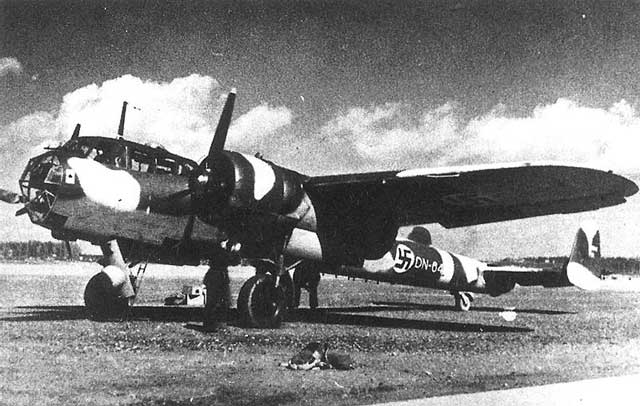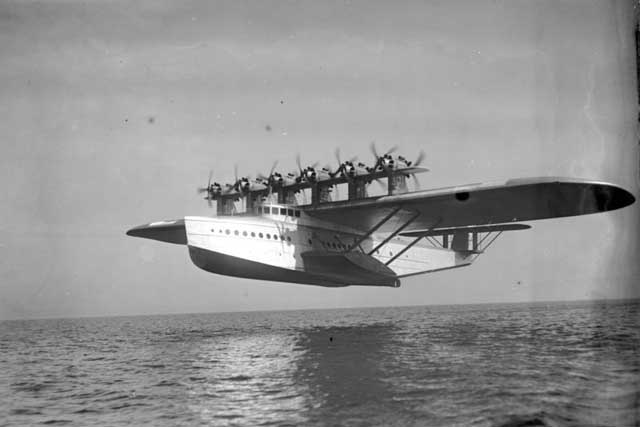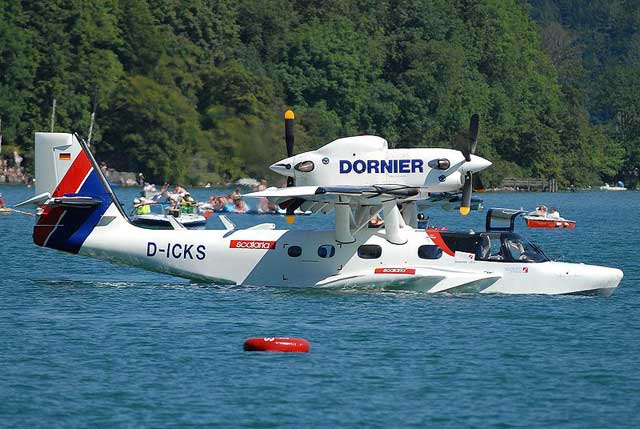The last remaining DO-17 buried in the Goodwin Sands off Deal in the UK is due to be brought up from the deep in May 2013. The RAF Museum in Hendon has finished plans for bringing the craft up in one piece. After that, the important work starts, that of stabilizing the aluminum and steel machine that had been laying in salt water for 70 years.

The Imperial College Metallurgy Department donated the time for testing and developing a solution that would stabilise the metal fuselage and remove all traces of chloride, and in this day and age, also be environmentally friendly. When this aircraft was built, it was only meant to last for a specific time, and in practice they didn't last long at all, with the RAF hell bent on destroying them. After the war, they couldn't be scrapped fast enough, such that sometimes airframes were just piled up and set alight to get rid of them. Now it is a different time, and many people want to see what's left preserved, if only to see what their grandpa flew in during the war. You can also donate to the project.

Dornier was one hell of a company. Started in the 20's, it was famous for it's flying boats. It survived WW2 and made many successful designs, but withered away in the 90's, being absorbed in many companies, one of which was Fairchild aircraft, builder of the Flying Boxcar and the A10 Warthog. Fairchild has since been absorbed by another company and no Dornier designs are being produced by them. Parts of it's accomplishments live on in medical technology, and one company still manufacturers a seaplane, the Dornier Sea Star.
